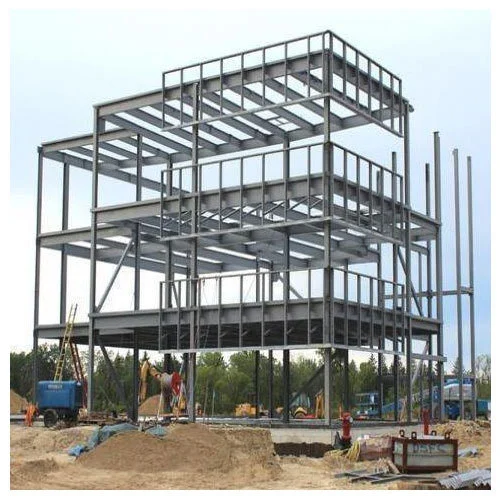Pre-Engineered Buildings (PEB) have become a popular choice in modern construction due to their versatility, cost-effectiveness, and rapid assembly. They are designed to be manufactured off-site and assembled on-site, offering a range of structural configurations to suit various applications. Here, we explore the different types of PEB structures , highlighting their features, advantages, and typical uses. 1. Industrial Buildings Characteristics: Industrial PEBs are designed to accommodate manufacturing, warehousing, and other industrial processes. They typically feature large open spaces, high ceilings, and robust structural systems to support heavy machinery and storage needs. Advantages: Large Span Structures : These buildings often employ wide-span frames, reducing the need for interior columns and providing unobstructed floor space. Cost Efficiency : Prefabricated components help in reducing construction time and labor costs. Flexibility : Industrial PEB Struct...
Best Steel Buildings in Tamilnadu, PUF Wall Panels in Tamilnadu, steel buildings, PEB Accessories, Pre Engineered Steel Buildings, Ready Made Wall Cladding Systems, Multi Storey Steel Buildings, Wall Panels


Comments
Post a Comment